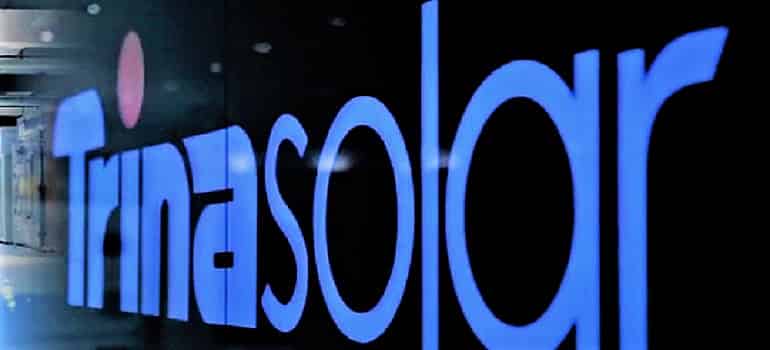Independent Test Laboratory RETC Confirms Excellent Results for Trina Solar’s High-Quality Photovoltaic Module
Fremont, California – RETC, a renowned independent test laboratory specializing in photovoltaic and renewable energy products, has recently released its Extended Reliability Test Report, revealing that Trina Solar’s Vertex N module has successfully passed its thresher test with flying colors.
The results highlight the exceptional performance of Trina Solar’s module, solidifying its position as a leading player in the industry.
RETC’s test procedures are widely respected and provide crucial data to stakeholders and developers seeking high-quality modules.
Their thresher test is known to be two to three times more rigorous than the standard set by the International Electrotechnical Commission (IEC). For this evaluation, RETC randomly selected n-type modules from Trina Solar’s production base in Changzhou, Jiangsu province.
The modules underwent various tests, including those for potential-induced degradation (PID), light- and elevated temperature-induced degradation (LeTID), dynamic hail (DH) impact, sequential dynamic mechanical load (SDML) composite load, and thermal cycling (TC600).
Trina Solar’s Vertex N modules delivered outstanding results in several key areas, particularly in PID, LeTID, and DH2000 tests. RETC’s PID test, known for its stringent requirements, showed degradation rates of only -0.59% and -0.53% for Trina Solar’s two testing modules.
In the DH2000 test, which spans a duration of 2,000 hours—twice as long as the typical certification requirement—the Vertex N modules exhibited degradation rates of just -0.87% and -0.96%.
Additionally, after undergoing the LeTID test, where modules are exposed to 75℃ temperatures for three 162-hour cycles, Trina Solar’s modules displayed degradation rates of -0.09% and -0.17%.
The company in a statement said that the Vertex N module, known for its impressive power output of up to 700W, combines Trina Solar’s i-TOPCon Advanced technology and 210mm technology.
This integration not only minimizes degradation but also enhances bifaciality to 80%, resulting in higher efficiency and improved energy yield. Ultimately, this leads to maximizing customer value by reducing the levelized cost of electricity (LCOE).
.


